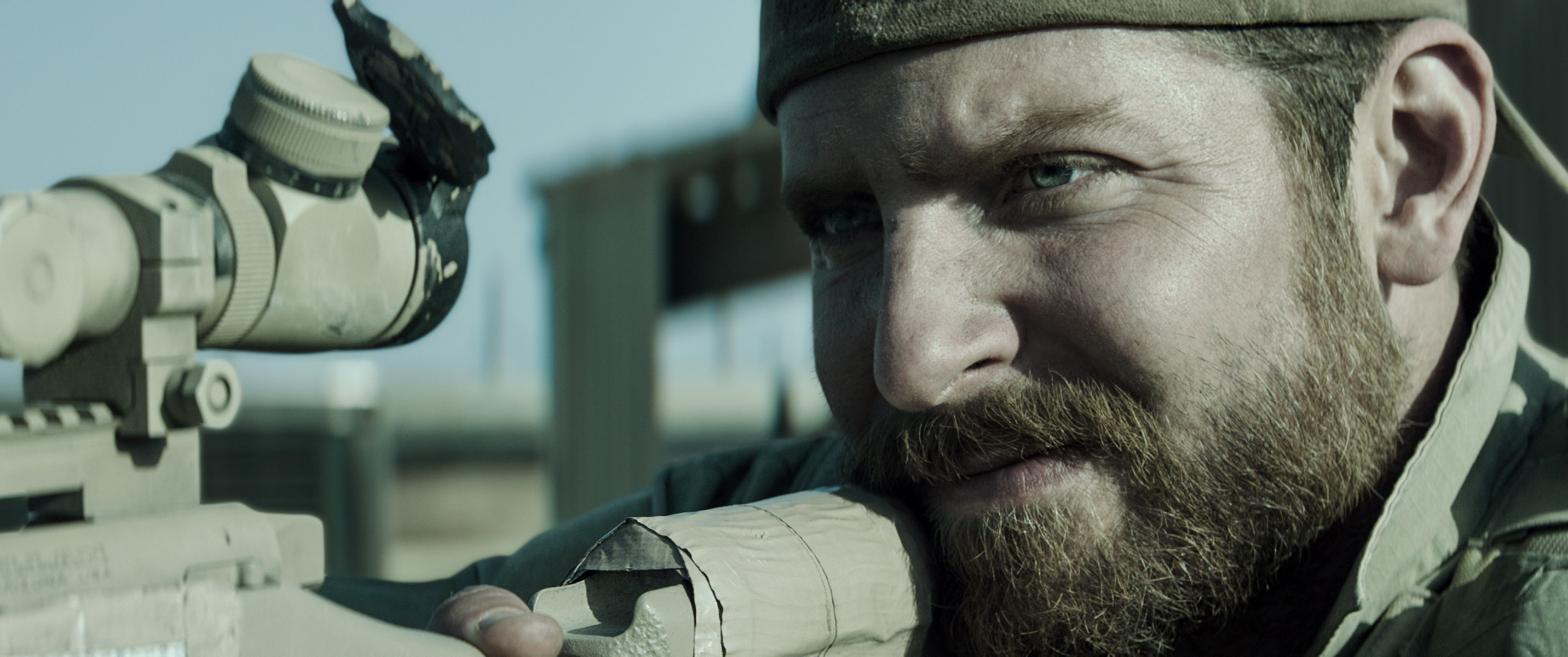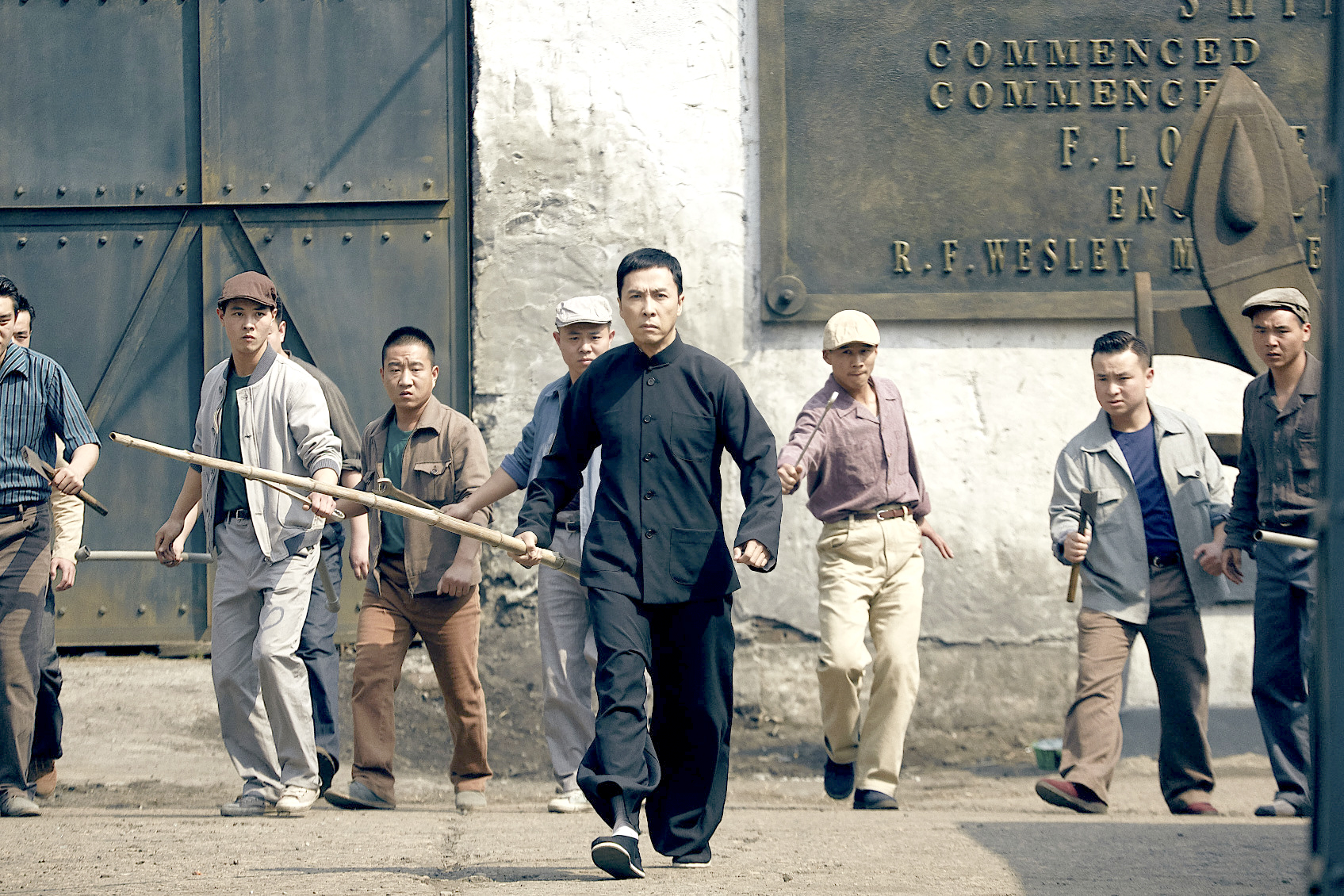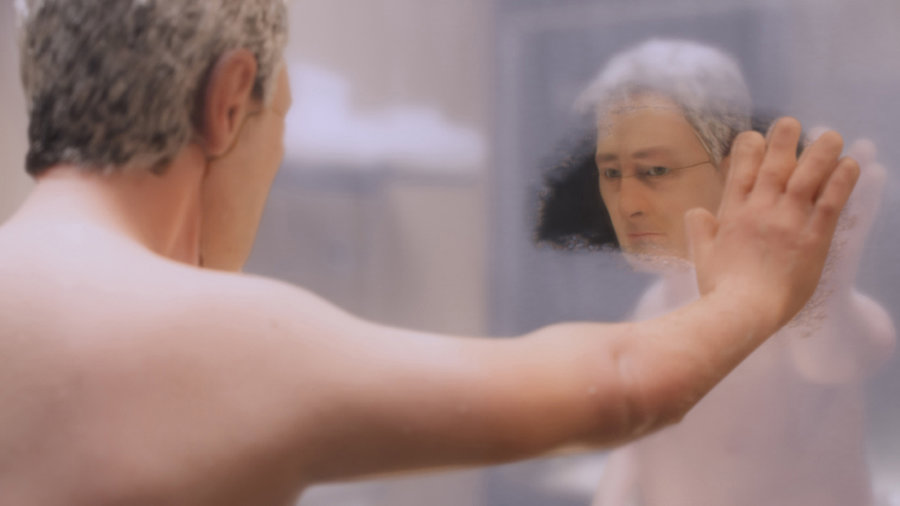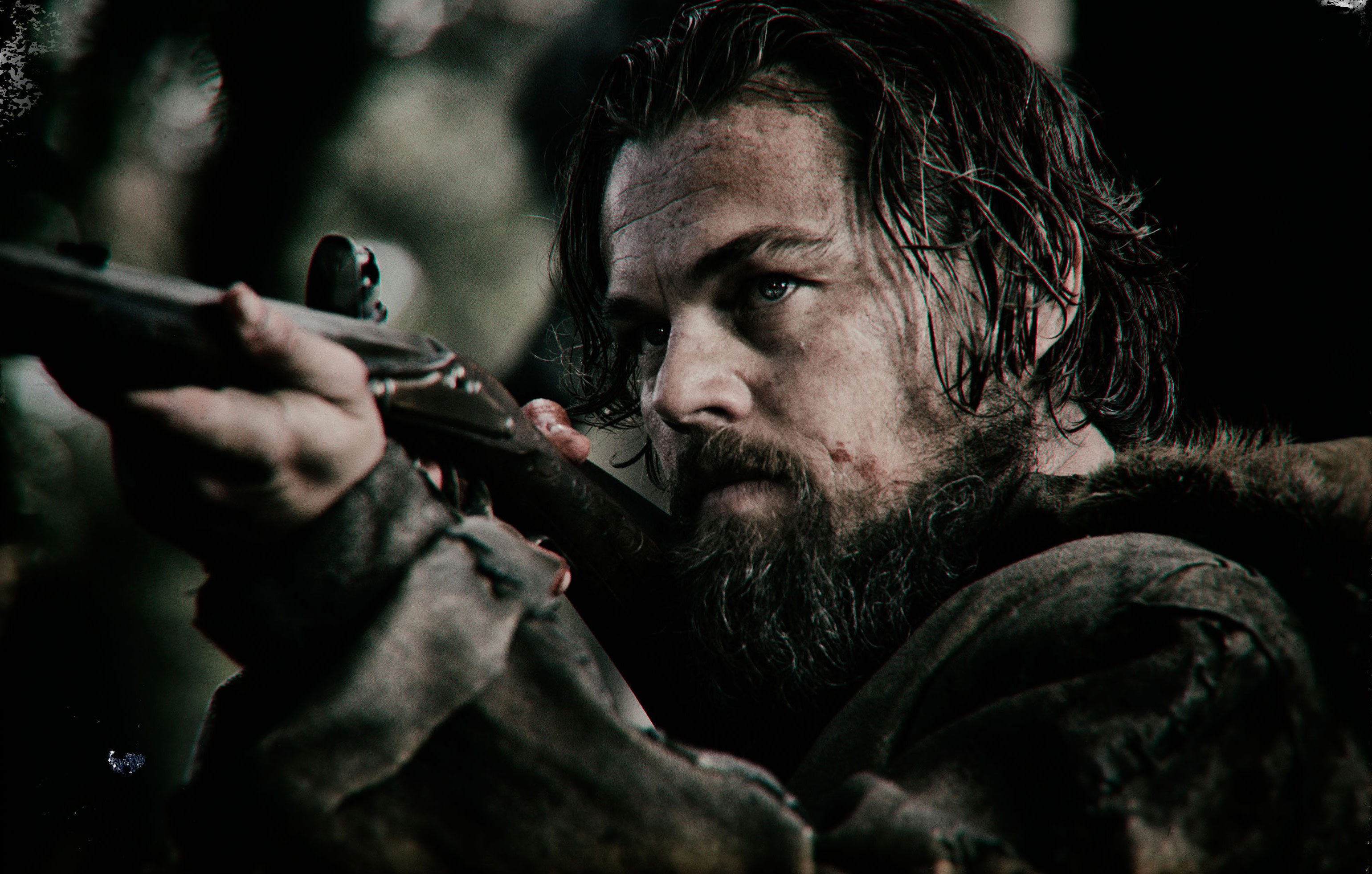There was a time when American Sniper would’ve been an ideal Oliver Stone project—a story of the battlefield and the homefront, of ideals and damage. Its subject is Chris Kyle, the sharpshooter whose action in four Iraq War tours reportedly made him the deadliest sniper in U.S. military history. A Texas rodeo rider before he joined the Navy SEALs, Kyle was nicknamed “Legend” by his fellow soldiers and the “Devil of Ramadi” by Iraqi fighters. His life had a lurid ending—a terrible irony that reframes his story in a larger context of troubled veterans and PTSD.
Imagine Oliver Stone’s high-strung emotionalism and blunt-force style brought to bear on this scenario. Now imagine its opposite: That’s Clint Eastwood’s deliberately neutral take on the material, a measured directorial approach that is likely to disappoint those looking for either a patriotic tribute to the troops or a critique of war and its effects. Kyle is ably played by a hulked-up Bradley Cooper, who leaves out neurotic shadings in favor of a straightforward turn that seems fittingly non-complex. Cooper lets his body do the acting; every time Kyle returns from his various tours, he looks like a caged animal inside his home, as though he’s grown too large to be comfortable away from battle. Sienna Miller, as Kyle’s wife Taya, is good at both the early courtship and the later worry over her husband’s increasing aloofness.
The film, scripted by Jason Hall from Kyle’s memoir, has some standard-issue military bonding and uneven dialogue. What really works is the way it’s structured around parallel sequences, nowhere more intensely than the repeated images of the sniper at his gun, scanning the world for insurgents. One such sequence is the film’s most unnerving: As Kyle idly looks through his gunsight at passersby on the street below, he talks to his wife on the phone, half a world away. They speak of her pregnancy and flirt a little, and throughout this pleasant banter his eye remains at the rifle’s scope. Eastwood cuts to the TV screen in her apartment, flashing the number of American dead in Iraq; he cuts to the view through the gunsight, as random Iraqi people pass under the crosshairs. The conversation could be taking place in an Applebee’s, or a suburban backyard, but the finger stays on the trigger and the eye searches for threats. In other places in the film, Eastwood’s uninflected approach has a flattening effect. Here it creates one of the most chilling scenes in recent American film.
film@seattleweekly.com
AMERICAN SNIPER Opens Fri., Jan 16 at Cinerama, Sundance, Majestic Bay, Kirkland, Bainbridge, Pacific Place, Ark Lodge, and other theaters. Rated R. 132 minutes.







